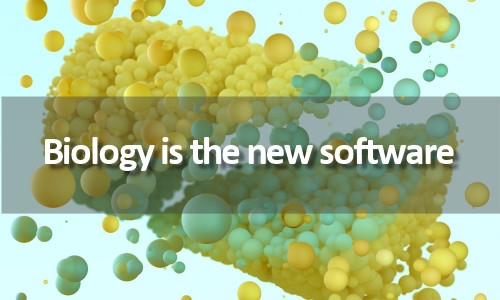Pointing to a Nike Flyknit Racer — the lime-green trainers, worn by many athletes during London 2012, that use a single knitted layer of fabric wrapped around the foot — he notes: “Making one of something has the same cost per object as making 100,000. We no longer need to mass-produce shoes.”
Complexity may be free, but it’s still complex and, for now, Nike still mass-produces its shoes. You, the average punter, cannot yet scan your foot using your iPad and Autodesk’s 123D Catch software, send the file to Nike, and get a pair of trainers that mould perfectly to the hereditary contours of your feet.
But walking through the gallery with Mathews, CTO and vice-president of the reality capture group at Autodesk, one senses that it’s abundantly clear that this future is just, per William Gibson, awaiting its even distribution. “If complexity is free,” Mathews asks, “where does complexity come from? That’s what design is all about.” In other words, if everything that can be rendered in bits can begenerated, a world awash in “physibles” — as these voxels (the volumetric pixels that make up the smallest visible elements in a 3D design) of material are known — what is the role of design, the process of deciding how those bits should be arranged?
“Rip, mod, fab” is how Mathews and other Autodesk executives see the world: capture reality, model it in three-dimensional software space, and move it to an output to the real world. Today, anything from concrete to titanium to an individual’s replacement teeth can be 3D printed. At the high end, printers can work in multiple materials, and Mathews envisions — at the voxel level — the emergence of “meta” materials. “You could make materials by printing each little dot in a different gradient, to make a material that isn’t like anything else you could injection-mould or machine.” The gallery at Autodesk is a kind of Wunderkammer, a cabinet of curiosities for the age of additive manufacturing, a perfect vantage point from which to see how algorithmic design is changing the world around us.
Where does complexity come from? There’s a display showing examples of “virtual cinematography”, including reality-capture technologies for film production that are so precise they render not only an actor’s skin, but its subsurface, so as to properly understand the scattering of light as it falls across pores. Simulation engines work on such improbable hypotheses, as in the case of the movie Cloudy With a Chance of Meatballs: “If you’re going to have raining hamburgers, the question is, what is the coefficient of bounce on a raining bun?” Mathews asks. Nearby, there’s a model for the soon-to-be-world’s-largest building, Shanghai Tower, which twists and tapers (no two floors are alike) to shed wind. Computational modelling also helped it shed 25 percent of its steel, compared to an average skyscraper. Actors, buildings, shoes: the world, in the eyes of Autodesk — whose design software stretches across more than 150 distinct fields — is simply a “reality-capture space”, and it doesn’t particularly matter if the “output” ends up on the screen or on the street.
Source: Wired
Read more: http://www.wired.co.uk/magazine/archive/2013/10/features/biology-is-the-new-software






